Can Freight Containers be Redesigned to Reduce the Risks of Being Infested by Pests?
Engineers, technologists, regulators and shipping experts will gather at a unique conference in Rotterdam this November to consider the scope for redesigning the exterior and interior surfaces of intermodal freight containers used for sea transport to reduce the risk of them becoming contaminated by plant or animals and inadvertently contributing to the global spread of invasive pests.
The one-day event is hosted on Monday 11 November, by the secretariat of the International Plant Protection Convention (IPPC)1 and is a key part of its programme to reduce the movement of invasive pests by hitch-hiking in, or on, freight containers or the cargoes they carry.
Representatives of National and Regional Plant Protection Organisations 2 will join representatives of the manufacturers, owners, operators and users of freight containers to discuss the scope for eliminating voids, spaces and other features on container surfaces and fittings where pests could gather and possibly multiply during a long sea voyage.
Many of the changes to be discussed and developed would be applied to future container construction but the symposium will also assess the scope for treatments of existing containers, especially the underside surface which may come into contact with the ground during loading and storage.
Any such measures would supplement operational recommendations developed by the Commission for Phytosanitary Measures (CPM) earlier this year that every party handling containers or their cargoes should take steps to avoid them becoming contaminated by pests whilst in their custody – an approach known as ‘Custodial Responsibility’.3
The IPPC secretariat is organizing the symposium with the collaboration of the World Shipping Council (WSC), the Container Owners Association (COA), and the Bureau International des Containers (BIC), and participation by industry is also endorsed and encouraged by the other partners of the Cargo Integrity Group.
Lars Kjaer, SVP at World Shipping Council said:
“The best way to prevent pest contamination is to keep cargo and containers clean. That is the responsibility of every party in the supply chain. But supply chains are long and complex, and if we can perfect the design of containers in a way that minimizes the risk of contamination and makes them easier to clean – then we have a head start in the battle against invasive pests.”
All parties with an interest in the integrity of cargoes, container design and reducing risks of invasive pest transfer are encouraged to participate in the symposium4, which is being held at the Hilton Hotel Rotterdam on Monday, 11 November 2024. The event is free to attend but prior registration is required at the event website.
Read the full Release here.
